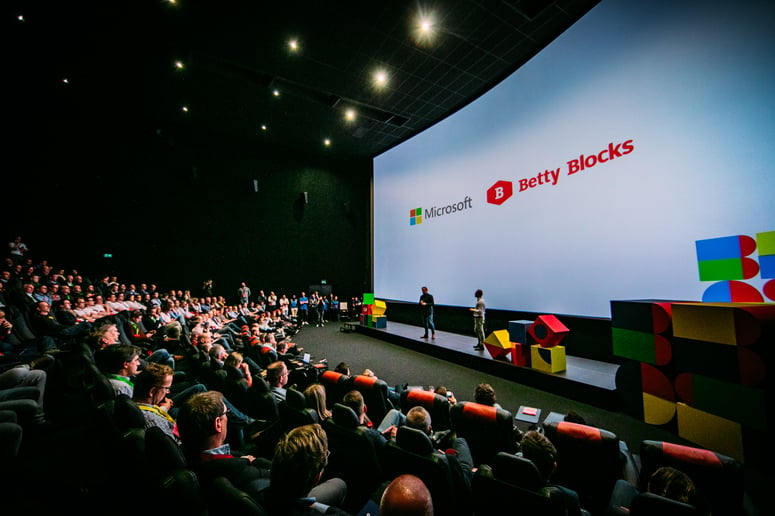Microsoft and Betty Blocks Enter Strategic Partnership and Everybody Wins
Betty Blocks no-code platform with the trusted cloud of Microsoft Azure
Enterprise-level support, flexibility, security, and scalability
Connection to all Microsoft assets including Dynamics, Office 365, Power BI, etc.
 Chris Obdam, CEO at Betty Blocks
Chris Obdam, CEO at Betty Blocks


The Microsoft Azure Kubernetes Service (AKS) was implemented to handle containerized applications in Kubernetes, and as AKS handles its own resource provisioning, it wasn’t necessary for Betty Blocks to use a third-party provisioning solution.

 Chris Obdam, CEO at Betty Blocks
Chris Obdam, CEO at Betty Blocks


© Copyright 2025. All rights reserved.